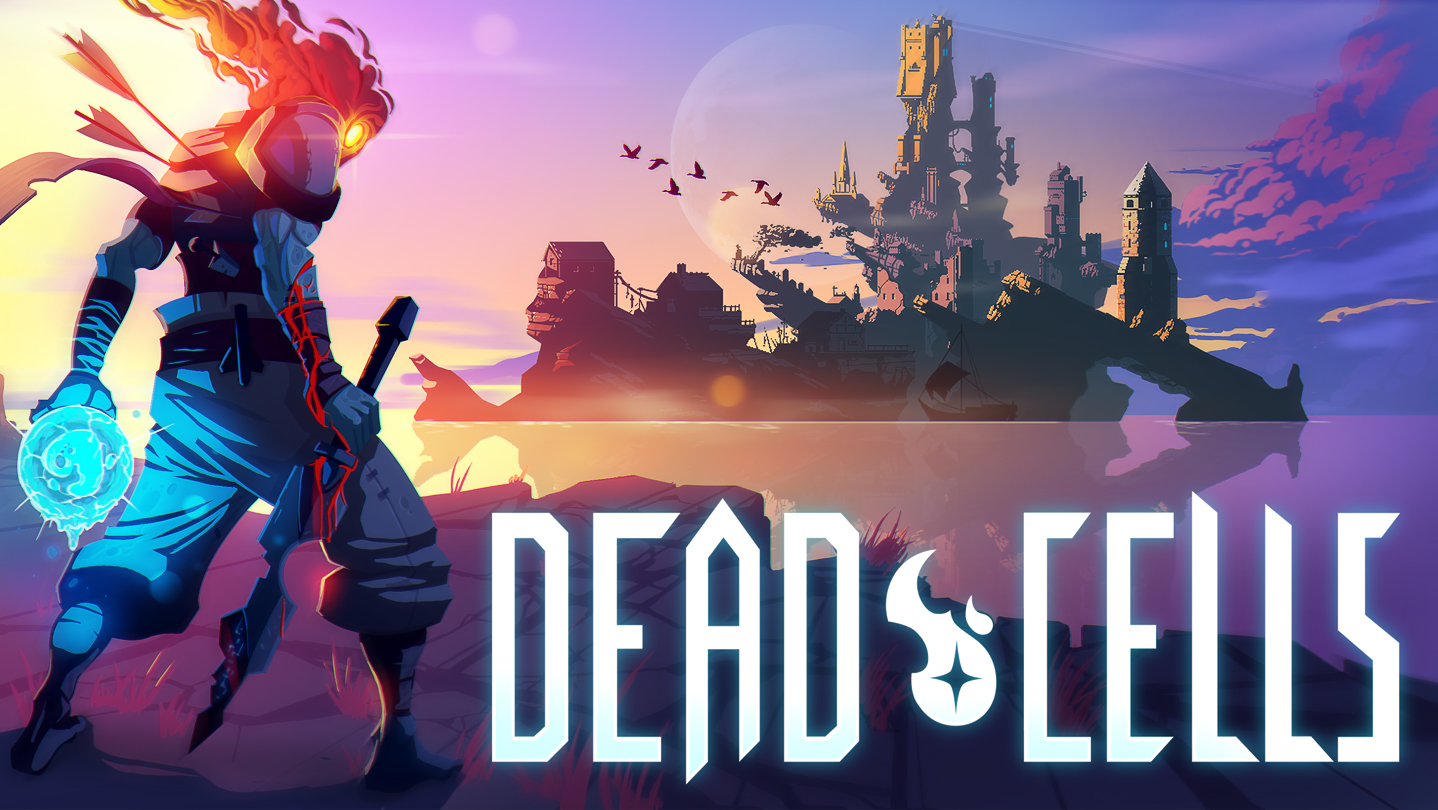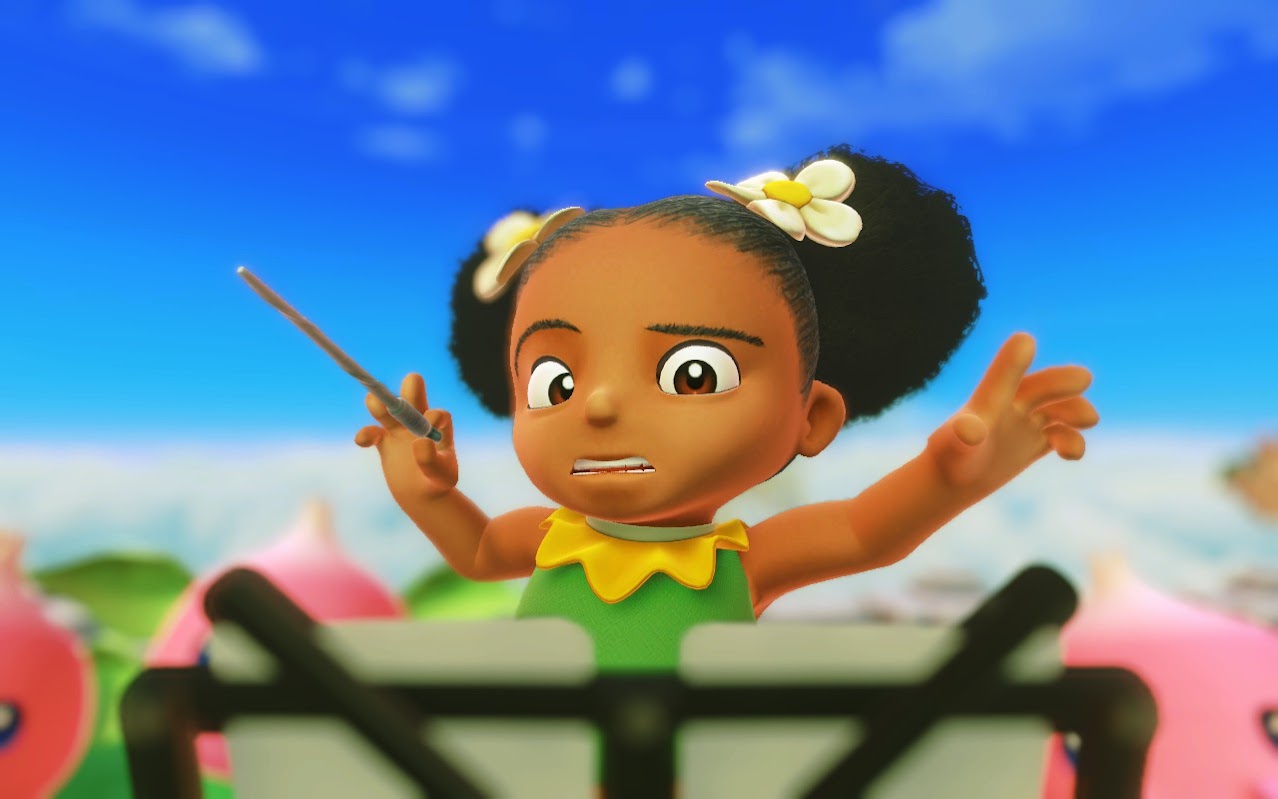
Dead Cells may often be compared to Dark Souls for its challenging encounters and exciting combat, but in an article from Gamasutra, producer Steve Filby revealed that the excellent rogue-lite was originally a tower defense game, something that he says is evident in many of the game's skills.
"When we started out, Dead Cells had a tower defense aspect to it," he said. "You can see the legacy of that in a lot of the skills that are available, like all of the turrets and the things you can throw down and leave. They were the primary weapons when we first started development."
But, instead, Dead Cells became an engrossing action-roguelike. Gamasutra's article goes in-depth on how all 50 of its weapons feel distinctive, but the evolution towards that involves two things you wouldn't expect: Team Fortress 2 and fighting games.
"We realized [the tower defense aspect] wasn't very fun—that wasn't working. So, we moved away from that, and we said 'Ok, we'll take ownership of the action platformer side of things and move to a full action platformer," says Filby. "At that point, [lead designer Sebastien Bernard] said 'You know what I love as gameplay? The Engineer of Team Fortress 2. You know how, by yourself, you're not all that strong, but you can use your extra skills to just dominate?'"
From that point, developer Motion Twin went all-in on creating something was more oriented to action platformers, such as more monsters and melee-type weapons. But Filby says it wasn't about making "a Dark Soul or a classic RPG game where you stick with one weapon and build it up." Instead, it was about making a large number of weapons feel satisfying, which is where a lot of Motion Twin's effort was devoted. Bernard revealed that to make its weapons feel impactful, the developer used fighting games as reference.
"The references for the feedback in Dead Cells are all fighting games, like Street Fighter IV, BlazBlue, or Mark of the Wolves," Bernard said. "We use a lot of particles, stop frames, slow downs, and other techniques taken from the genre. For example, the critical hits freeze the game for one frame, followed by a slow down of a few tenths of a second, a nice blood spray, and a specific impact sound feedback. It's the sum of all these things that creates that feeling of weight when you introduce a big old sword to a zombie's skull."
The rest of the article goes more in-depth on the feel of Dead Cells' weapons and how Motion Twin achieved it. You can read the full thing on Gamasutra.
The biggest gaming news, reviews and hardware deals
Keep up to date with the most important stories and the best deals, as picked by the PC Gamer team.

